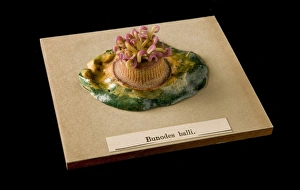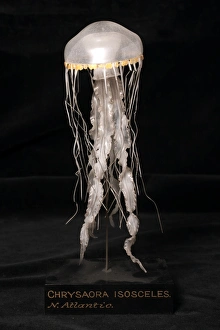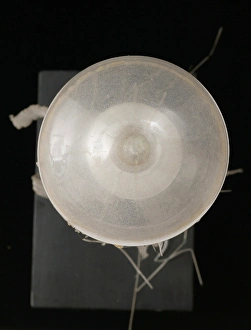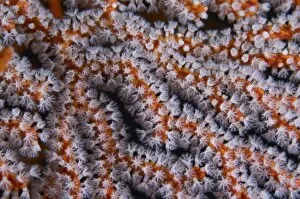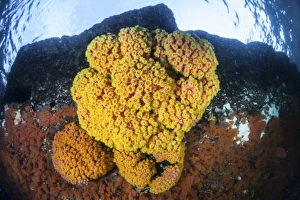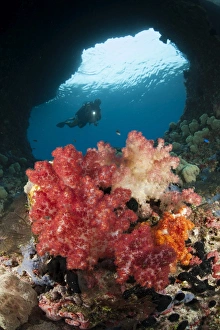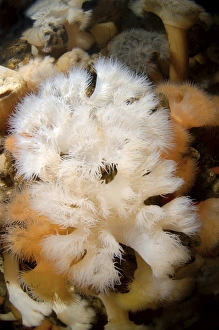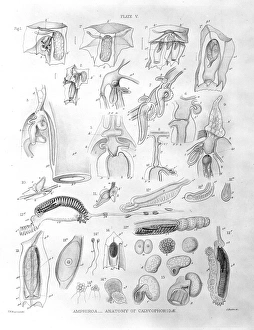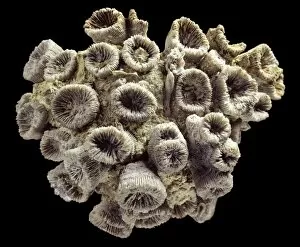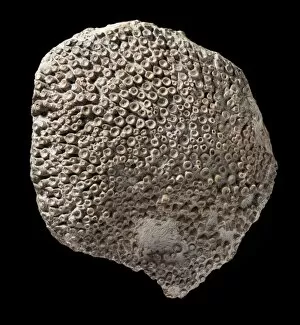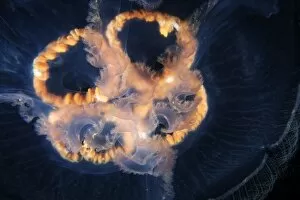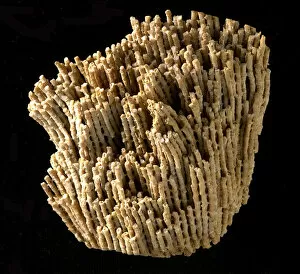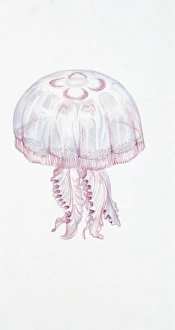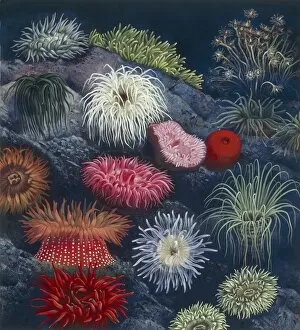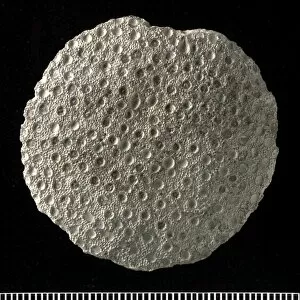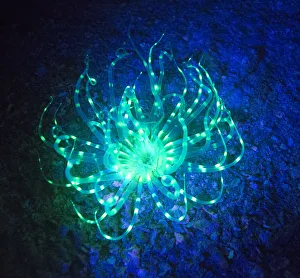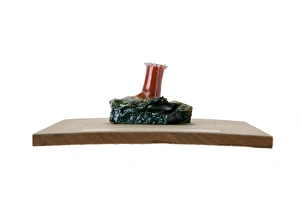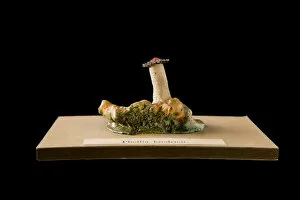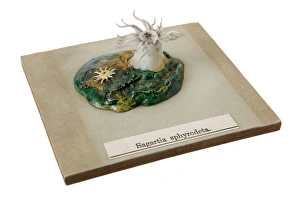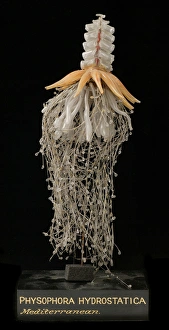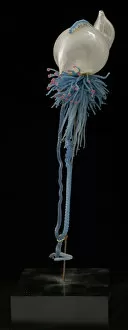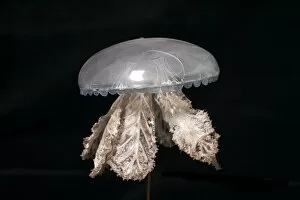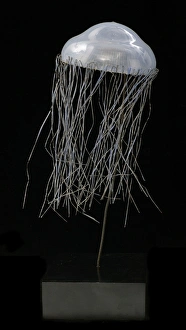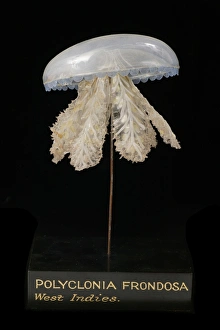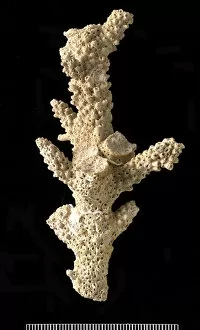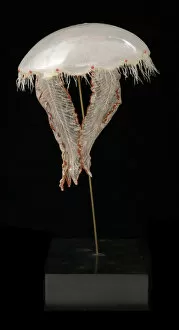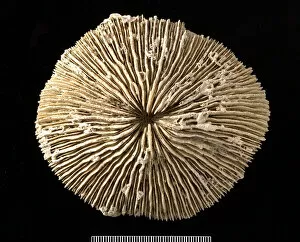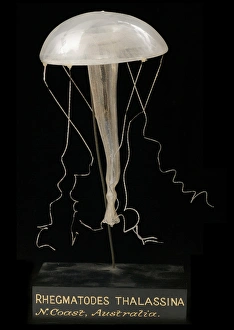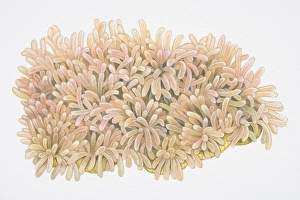Cnidaria Collection (page 9)
"Cnidaria: A Fascinating World of Underwater Wonders" Discover the mesmerizing realm of Cnidaria
All Professionally Made to Order for Quick Shipping
"Cnidaria: A Fascinating World of Underwater Wonders" Discover the mesmerizing realm of Cnidaria, a diverse group of marine creatures that includes some truly extraordinary species. From the fierce Caiman crocodilus crocodilus to the enigmatic Anilius scytale, these animals captivate with their unique characteristics and captivating beauty. Venturing into the depths, we encounter the ethereal Deep sea jellyfish (Periphylla periphylla) in Trondheimsfjord, Norway. Its translucent body glows like an otherworldly beacon amidst the darkness, leaving us in awe of nature's wonders. Moving on to warmer waters, we come across the Portuguese man o war (Physalia physalis) in Tenerife, Canary Islands. With its vibrant hues and long tentacles trailing behind it like delicate ribbons, this creature is both alluring and dangerous. In a harmonious partnership between species lies a Western clownfish (Amphiprion oceallaris) seeking refuge within a Magnificent sea anemone (Heteractis magnifica). Their symbiotic relationship showcases nature's ability to create mutually beneficial connections. Witnessing an aggregation of Golden jellyfish (Mastigias sp), we are transported to another world altogether. These graceful creatures move as one through pristine waters, creating a spectacle that leaves us breathless with wonder. Exploring even further south brings us face-to-face with an Unidentified large jellyfish in brash ice at Cierva Cove, Antarctica. This mysterious creature thrives in extreme conditions and reminds us of life's resilience even in harsh environments. The striking Physalia pelagica or Portugese-man-of-war floats gracefully through tropical waters—an embodiment of grace mixed with danger. Its venomous tentacles serve as protection while its vibrant colors catch our eye against azure seas. Stepping back into history reveals Coral Gallery c.

